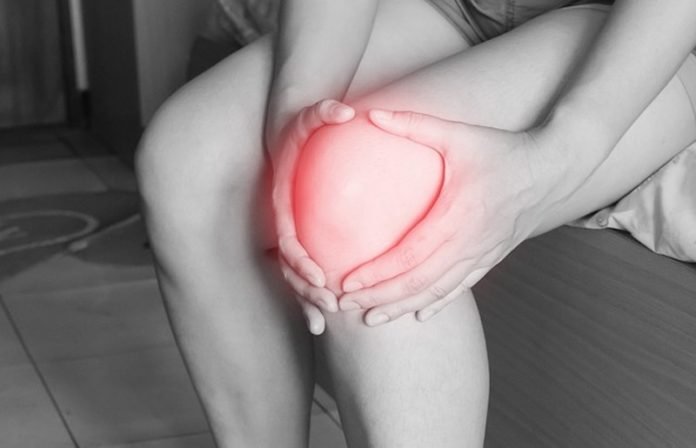
A disease of the joints, osteoarthritis affects more than 30 million adults and is the fifth-leading cause of disability in the United States.
In a new study, researchers have discovered the cellular pathway that leads to osteoarthritis and has identified a commonly used anti-depressant—paroxetine—that inhibits this pathway.
The research was conducted by a team at Penn State College of Medicine.
Osteoarthritis destroys joint cartilage and results in pain and disability. Patients live with this pain until their cartilage is extremely degenerated.
Unfortunately, an invasive artificial joint replacement surgery is the only treatment orthopedists are currently able to offer.
In the study, the team showed osteoarthritis is driven by pathological growth of cartilage cells.
They found that the patients with osteoarthritis or acute injury to the joint had high levels of enzyme G protein-coupled receptor kinase 2 (GRK2) in their cartilage cells. GRK2 can lead to pathologic cell growth.
The researchers also found that not only did GRK2 deletion prevent pathologic cell growth and halt osteoarthritis progression, but it also promoted cartilage regeneration.
They showed that the anti-depression drug paroxetine could return cartilage cells back to a normal state and preserve the cartilage surface.
In other experiments with cultured human osteoarthritic cartilage, obtained from patients undergoing knee replacement surgery, the team also confirmed the ability of paroxetine to mitigate chondrocyte hypertrophy and cartilage degradation.
The findings are important given that around 80% of the U.S. population will develop symptoms of osteoarthritis by age 65.
With the growing prevalence of osteoarthritis risk factors, such as obesity and diabetes, osteoarthritis will likely carry an even greater burden in the future.
The team is currently seeking approval from the FDA for a new trial of this drug to treat osteoarthritis.
One author of the study is Fadia Kamal, an assistant professor of orthopedics and rehabilitation.
The study is published in Science Translational Medicine.
Copyright © 2021 Knowridge Science Report. All rights reserved.



